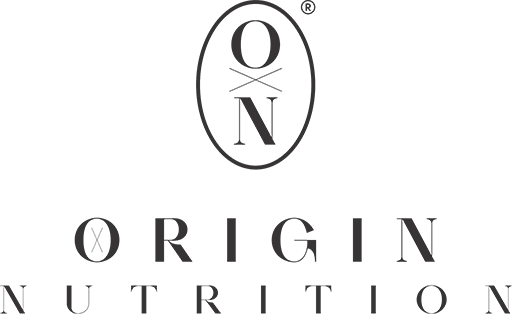News
How Mad Agriculture and Origin Milk Are Changing Dairy, One Guernsey Cow at a Time
When a cattle operation goes from having more than 1,000 cows to just over a dozen, it sounds like it will spell trouble for the ranch. But out West, the family-run dairy farm now known as Colorado Cow couldn’t be happier with their transition, which has transformed their previously conventional operation into a pasture-led farm built around regenerative agriculture — with benefits for all.
It all started with a partnership between ORIGIN Milk, a regenerative dairy brand producing high-quality milk from the heritage cattle breed Guernsey, and Mad Agriculture, an organization based in Boulder, Colorado, (a state where cows are the No. 1 agricultural commodity) that helps farmers implement and finance regenerative principles on their farms. They connected with the DeGroots in Kersey, Colorado, a family who previously had 1,100 black-and-white Holsteins.
A Needed Shift
The dairy industry itself is a tough business, which made working with ORIGIN appealing to the DeGroots.
“The dairy system … has a very dirty legacy,” says Adrian Bota, founder of ORIGIN . “With things like controls on farmers and pricing always below the cost of production, it’s become an unsustainable system for many dairy farmers.”
So, in 2020, the DeGroots sold all of their Holsteins, replacing the giant herd with only 14 Guernsey cows. It was a major transition for the farm, which previously had been surrounded by 150 acres of wasteland, filled with invasive weeds and degraded soil.
ORIGIN’s goal is to restore the relationship between the farmer and the animal, which means restoring the opportunity for cows to be outside and eat a healthy, diverse diet — which in turn helps to repair the land. This process doesn’t happen overnight, however.
“The first time we went out [to the DeGroot farm] to get cows out on the pasture, it was such a big change from being in a pen to being in a pasture outside, everyone locked arms around the cows so they didn’t run away,” says Tanner Starbard, director of operations at Mad Agriculture.
One reason the transition was possible is because the DeGroots were very open to doing things differently. They bought into this idea of a paradigm shift in dairy, says Bota. “They were very open to doing things differently,” he explains.
Bota knows about doing things differently himself. Having founded ORIGIN in 2015, it was never only about producing milk, but becoming a differentiated nutrition platform, he says. They’ve worked to develop networks around the country with farmers raising Guernsey cows (the last true heritage breed in production, with only about 14,000 in the country). Their goal is to connect the consumer to the farms as closely as possible, working with producers in Ohio, Pennsylvania and Colorado, and soon with those in Texas, North Carolina and Washington.
Why Guernseys Are Superior
At a commercial dairy, Bota says, the cows have been bred to produce 8 to 10 gallons of milk per day. “Guernsey cows, on the other hand, only produce about 3 gallons of milk per day. Yes, that makes the milk more expensive — but also much more nutritionally dense. “It’s known as the highest-quality milk of any breed in the world,” Bota says. Guernsey milk also has a golden hue, due to an abundance of nutrients like beta carotene, vitamins and healthy fat. ORIGIN pays farmers 50-100% more for their milk, as well.
By having a herd of fewer cows that are able to graze freely, eat better grass, and in turn improve the soil and the biodiversity of the ecosystem itself, farmers like the DeGroots are able to produce less but ultimately make more. While 14 cows were a starting point for the DeGroot family to shift to a pasture-led farm, they’ll continue to grow their herd with this sustainable and regenerative model. Once they reach 170-180 cows, they’ll be more profitable than they were with 1,110 cows, says Bota, and have lower input costs.
“You can tell when a farmer has reached that shift,” says Starbard. “They stop saying ‘I’m a cow farmer’ and start saying, ‘I’m a grass farmer’ or ‘I’m a soil farmer.’” That’s part of raising cattle on a pasture-led farm: recognizing where the true nutrition in the milk originates — the soil, he adds.
When you drink a glass of Guernsey milk or add a splash of Guernsey cream to your coffee, there’s no denying it has a different taste and mouthfeel than commercial dairy products. It’s all part of a slow process designed to help show consumers the real cost of our food, like high-quality, high-nutrition milk that comes from regenerative agriculture.
“This movement is about bringing life back into agriculture: life in the plant community, life in the soil, life adjacent to the farm, and life back in the communities so that farmers can thrive,” says Starbard. “It’s about appreciating all the things that make life so wonderful – on the farm and adjacent to it — restoring what’s sacred and special about eating food. That’s where nourishment comes from.”
Read the original article here.

